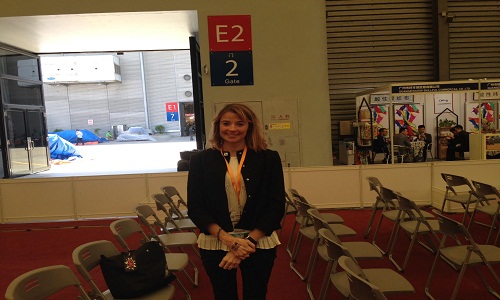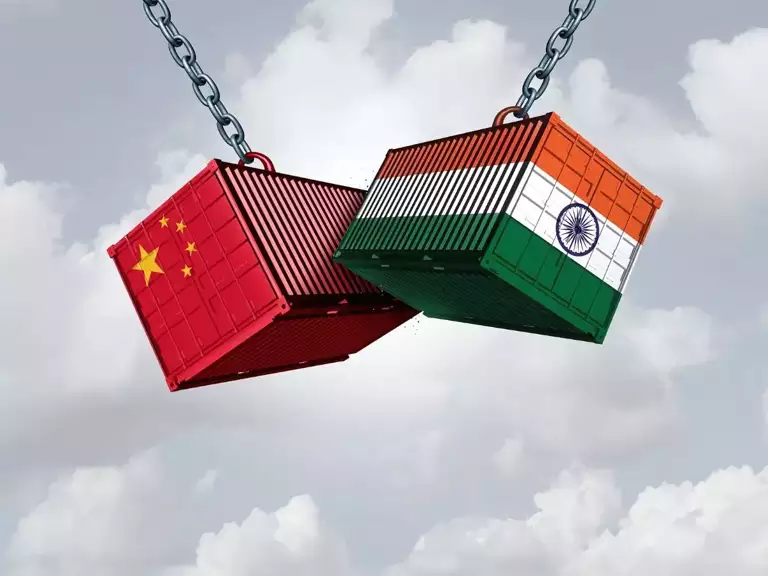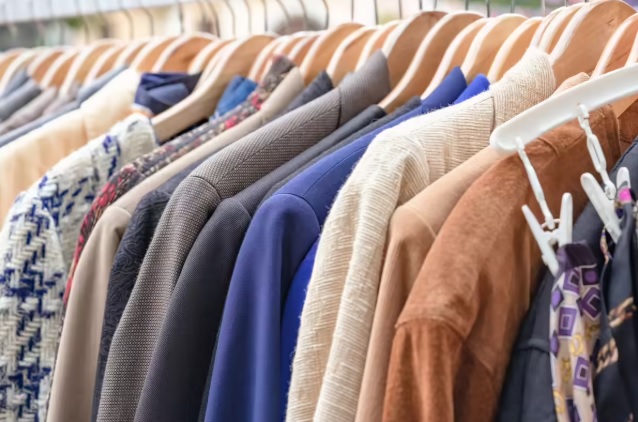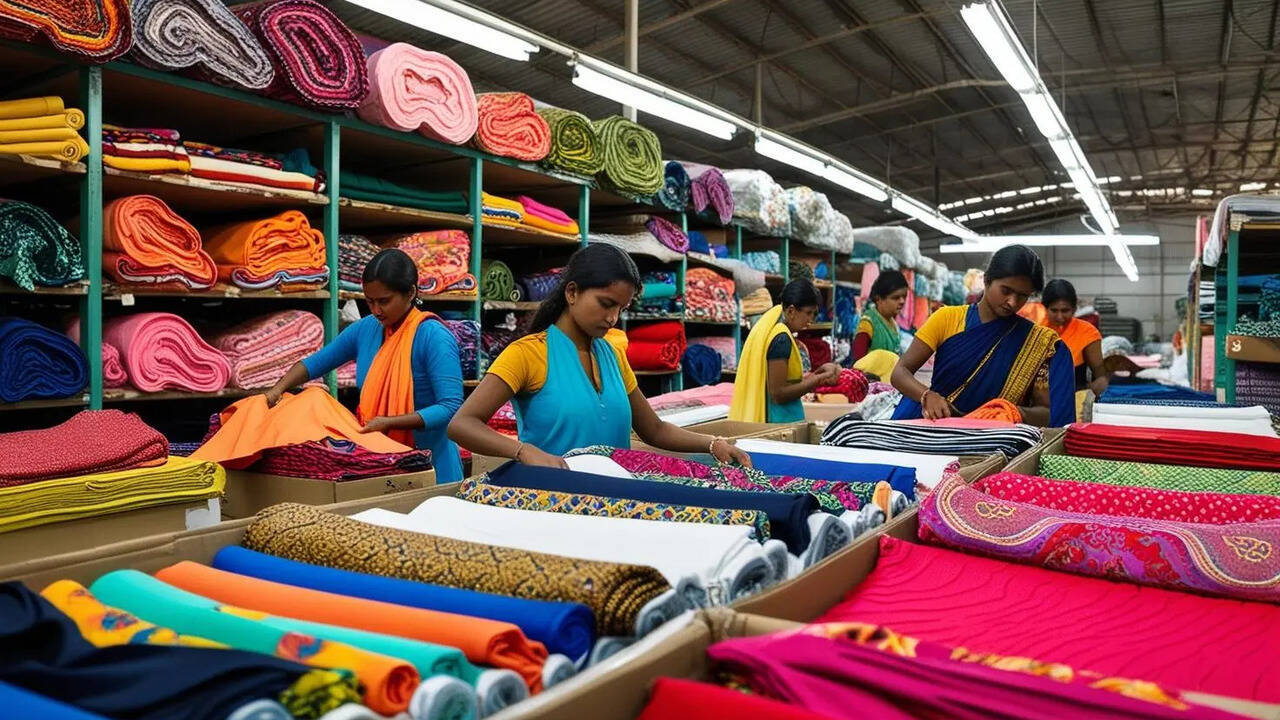FW
Bangladesh has got a mobile testing laboratory for waste water and sludge generated by effluent treatment plants of readymade garment factories. The laboratory is equipped with sampling and measuring instruments and accessories and offers on-the-spot testing and sampling services for washing, dyeing and finishing plants in the readymade garment sector.
With the help of this testing van, waste water can be controlled, thus providing a scientific basis to further improve water quality. There are small garment factories in Bangladesh which might have effluent treatment plants in operation, but may not have the instruments to constantly control the treated water. This mobile testing service can specifically serve smaller and medium-sized factories so that they can ensure their waste water does not pollute the environment.
Thus the mobile laboratory is one step toward a more sustainable garment industry in Bangladesh, from which businesses, environment and people can benefit. The lab has a technician and a waste water expert team and will enable clients to take advantage of quality services at an affordable price. The testing facility provides on-site sampling, testing, calibration of factory meters, and monitoring of environmental parameters.
This international standard service is available to all textile factories in Bangladesh.
The Bangladesh government will not extend the stay of Accord and Alliance beyond the expiry of their current tenure in June 2018, said Commerce Minister Tofail Ahmed. According to the minister, the Accord and the Alliance are not present anywhere else in the world. They will not be here in Bangladesh after 2018. The Accord and Alliance are legally binding agreements signed by a total of 228 foreign retailers in the aftermath of the Rana Plaza collapse in 2013 to fix the electrical, fire and structural faults in the garment factories from which they source.
The tenures of Accord, a platform of 200 Europe-based retailers, and Alliance, another platform of 28 North American retailers, will come to an end in June 2018. After their departure, the proposed remediation coordination cell will monitor the safety progress of the structures, said a senior official of the labour and employment ministry. The two platforms have inspected a total of 2,198 factories so far, according to Ahmed.
ITM 2016 International Textile Machinery Exhibition and concurrent HIGHTEX 2016 International Technical Textile and Nonwoven Trade Fair to be held at Tuyap Fair Convention and Congress Center on June 1-4 in Istanbul, are expected to attract 1,200 exhibitors and more than 60,000 visitors from 72 countries.
At ITM 2016, latest technologies nationally developed in textile machinery industry will be debuted. ITM and HIGHTEX fairs are considered to be the largest gathering for textile technologies, which Turkey and the region have hosted so far.
Held in Istanbul, one of the world’s most strategic locations in geographical terms, will be a meeting point for all the industry representatives. Istanbul, the West’s doors to the East and the East’s doors to the West has a position as the centre of textile industry. ITM 2016 where brands intending to become one of the actors in the world market will exhibit its innovative technology investments and new products will be the address for textile industry in 2016.
HIGHTEX 2016, the 6th International Technical Textile and Nonwoven Trade Fair, the first and only event in its field, raw materials for technical textiles, intermediary and final products and production technologies will be seen together. The fact that HIGHTEX 2016, the largest gather for technical textiles in the Middle East and Eastern Europe, will be concurrently held with ITM 2016 will create a highly positive and efficient synergy.
Warnings from apparel maker Perry Ellis and other companies suggest teens and other shoppers are still ho-hum about spending on fashion and that investors should be cautious, especially about mall-dependent retailers.
Teens are spending more time on devices and less at the mall; consumers are increasingly willing to buy clothes online, often from internet-only stores, and consumers in general have shifted their priorities away from clothing and toward technology and home improvement. Wall Street analysts on average expect several months of falling or barely-growing revenues from Gap, American Eagle Outfitters and other mall mainstays. They see a glimmer of hope at year end, with shoppers potentially buying more winter attire than in 2015, when the weather was mild in parts of the United States.
With the propagation of privately held fashion ecommerce stores like Everlane and ShopBop competing with Amazon, as well as more customer-friendly shipping policies from traditional retailers, clothing and accessories outsold computer gear online for the first time last year, reaching $17.2 billion in the fourth quarter, according to comScore.
Shares of apparel retailers have performed poorly. Aeropostale has lost 93 per cent in the past year and recently warned of potential liquidity problems. Shares of L Brands, the owner of Victoria Secrets, are down 12 per cent so far in 2016, missing out on much of a stock market rally since mid-February.
Texprocess Americas will be held from May 3 to 5, 2016. Leading experts will address the gathering and discuss latest product development, technology, and what the future looks like for the sewn products industry. The show will be held along with Techtextil North America and JEC Americas. The three shows bring together the full spectrum of technical textiles, nonwovens, sewn products and equipment, technology and composites.
Visitors can expect to connect with potential new partners, learn about exciting new technologies and discover how they can grow their business. Industry leaders from throughout the sewn products supply chain will participate in a discussion regarding their company’s domestic success. Topics discussed will include: current challenges and how to overcome them, opportunities within the domestic marketplace, profitability, importance of supply chain integration, role of technology and keys for success moving forward.
There will be a discussion with product developers, researchers and scientists regarding the current and future state of wearable technology. Topics will include wearable solutions, concepts and products, challenges in design and production, regulatory and standardization issues and opportunities for the industry.
Sessions on robotics, industrial fabrics and apparel with a seamless construction, stitch-free seam technology and technical outerwear will also be organised.
Digital printing is the solution and the answer to reducing the impact of textiles on the environment through water consumption reduction, Co2 emission, reduction and less energy demand. Textiles consume resources and have a very high impact on the environment. Companies are developing processes to reduce the environmental impact through high quality and performance inks.
Digital printing is a more ethical and sustainable alternative to conventional printing methods. It is also the future for textiles combined with a more conscious perception of production. There are many companies now more conscious about this problem. Many digital ink manufacturing companies are asking for more and more certifications of product and process.
Global brands in fashion and sportswear have become very sensitive about this aspect and they are pushing their suppliers to develop sustainable solutions to fulfil their target without compromising on quality. Today consumers are more conscious about this subject, and they address their choice towards products that they trust on how they are made and they ask for more responsibly produced products.
This aspect is even more important in Europe, North Africa, India, South America where there are limited natural resources, like water, which can be used for a higher scope.

The textile market is very resource consumptive and has a very high impact on the environment. Now it is time to think about future generations and become more conscious about the importance of respecting nature and reducing the impact we have on earth.
From traditional textile or conventional printing, now is the time to evolve to a more ethical and sustainable way to produce at an industrial level through digital printing.

This aspect is even more important in some countries like Europe, North Africa, India, South America where there are limited natural resources like water, which can be put to other uses.
Digital printing is the solution and the answer to this problem, reducing the impact of textiles on the environment through water consumption reduction, Co2 emission, reduction and less energy demand. Digital printing is the future for textiles combined with a more conscious perception of production.
There are many companies now more conscious about this problem. “Sensient is very concerned and involved in sustainability,” says Edri Baggi of Sensient Imaging Technologies SA, Switzerland. “Our focus in R&D is to develop processes to reduce the environmental impact through high quality and performance inks.”
As a digital ink manufacturing company every day Sensient is asked for more and more certifications of product and process sustainability. Global brands in fashion and sportswear have become very sensitive about this aspect and they push their suppliers to develop sustainable solutions to fulfil their target without compromising on quality.
Invista the leading integrated producer of polymers and fibers, has launched two new Thermolite brand technologies. Both products are said to offer a high level of performance that may change the way people think about what jeans to wear in colder conditions.
These technologies provide a higher level of warmth and insulation than traditional denim fabrics.
Thermolite Infrared and Thermolite Dual Layer technologies can be used independently or in tandem for enhanced warming and insulating properties.
Denim fabrics made with Thermolite Infrared technology increase their temperature when exposed to solar or artificial light. Special ceramic pigments are added to the fiber that transfer the energy of infrared rays into the heat the body can feel.
For example, after three minutes under infrared light, surface temperatures of fabrics with infrared yarns increase two to four degrees, depending on the content of the infrared yarn in the fabric.
The patented Thermolite Dual Layer technology structure also creates open spaces within the fabric, trapping air to help keep the wearer warm. The technology is also engineered to enable faster drying next to the skin, helping the wearer stay warm and dry.
Along with the new technologies, Invista is launching new imagery, hangtags and a new website.
www.invista.com/
Shopping abroad for safer and cheaper products has become common for large numbers of Chinese. Now the country wants to curb cross-border flow of goods by raising customs fees and import taxes. Since China has such extremely high tariffs, prices of imported goods are significantly higher in China than in their countries of origin. In recent years, many Chinese have gone overseas to shop.
The number of Chinese traveling overseas has grown by 20 per cent each year for the fifth consecutive year. When Chinese people return from overseas, their bags are stuffed with their favorite items, and often those of their friends’. These range from luxury watches to saucepans, rice steamers, brand-name clothing, luxury leather goods, milk formula, perfume, and even toilet seat covers.
With Chinese-made goods sold all over the world, Chinese people should not have to travel abroad to shop. But what’s available in China is either far overpriced or a poorly-made imitation. That’s why Chinese consumers have lost confidence in Chinese-made products and have turned into an army of overseas shoppers.
In addition to brand and quality, price is another important consideration. In the US Chinese tourists find all kinds of dazzling well-known brand products, including big-name apparel and leather goods that even without discounts are only about one third of what they cost in China.
Global retailers’ efforts to clean supply chains of slave labor and improve labor conditions will have little impact unless consumers in India, Asia’s third largest economy, demand more ethically produced goods. India is among the largest manufacturers of textiles and apparel in the world, supplying to leading international brands.
The industry has the most invisible supply chain. It is mostly unorganised, which makes it harder to map and regulate. If domestic consumers raise their voice and insist on buying only ethical products, that will bring pressure on manufacturers. The domestic market accounts for more than 40 per cent of the industry’s revenue. Hundreds of small and medium-sized enterprises use forced labor and treat workers poorly, with abuses ranging from withheld salaries to debt bondage.
The seasonal nature of work in India’s textile industry, the advent of fast fashion and the competitiveness of the business have helped create conditions leading to the exploitation of workers. There is child labor, not just because of a supply pull factor but also a demand push factor. The only way to resolve the issue is to sensitise everyone: businesses, workers and consumers. In India, legislation exists against bonded labor and child labor, but enforcement is weak.












